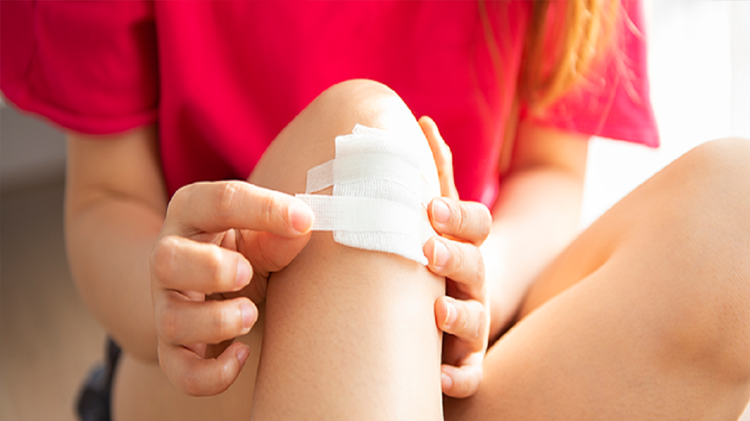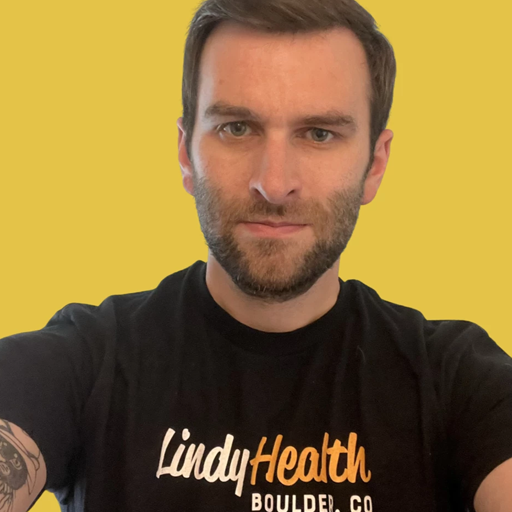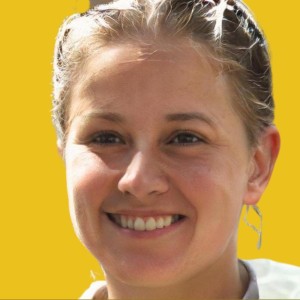There is a lot of debate surrounding if a caloric surplus will heal wounds faster. Do wounds heal faster in a caloric surplus, or does it hinder the healing process?
Yes, wounds will heal faster in a caloric surplus due to having enough nutrients to rebuild the body.
If you are in a caloric deficit healing may be slower as nutrients are being assigned to more critical life functions.
What Are Calories?
Before diving into whether or not a caloric surplus helps wounds heal faster, we need to understand what calories are. Calories are a unit of energy that is found in food and drinks. When you consume more calories than your body needs, the excess calories are stored as fat.
Healing Wounds and Caloric Surplus
Caloric intake is important for many aspects of health, including wound healing. When you have a caloric surplus, your body has more energy to devote to repairing tissues and cells. One study found that patients in a caloric deficit had poorer wound healing than those in a caloric surplus.
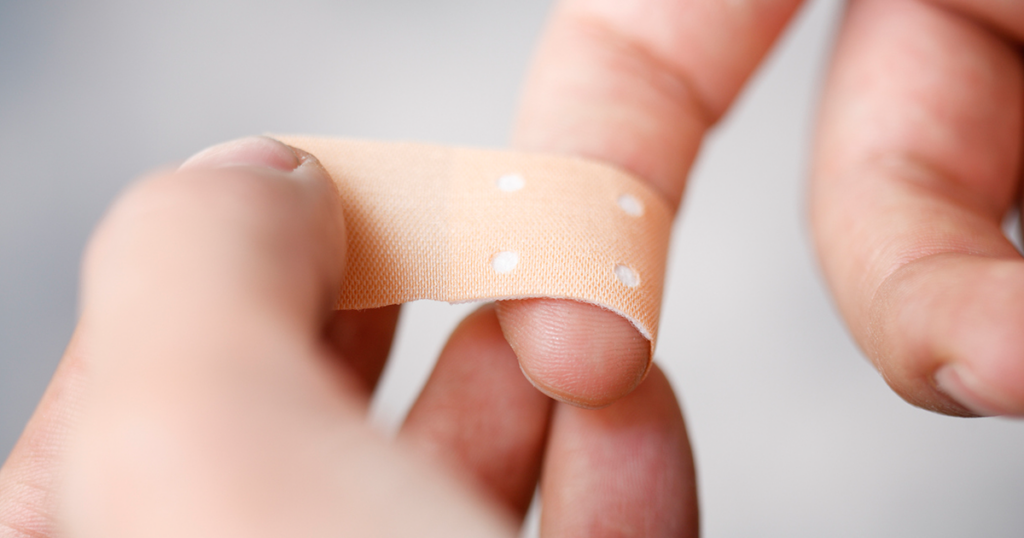
So, if you’re looking to heal a wound quickly, make sure you’re getting enough calories. A caloric surplus will help your body repair itself faster and get you back to feeling 100%.
What Should Be Your Calorie Intake to heal?
The amount of calories you need depends on a few factors, including your age, weight, activity level, and whether or not you’re trying to lose weight.
If you’re trying to heal a wound, aim for the high end of your caloric needs. For example, if you need 2000 calories per day, aim for 2500-3000 calories per day. This will give your body the energy it needs to repair itself quickly.
Depending on your age, weight, and activity level, you may need more or less than 2000 calories per day. Use a calorie calculator to find out how many calories you need.
What Are Some Foods That Can Aid Healing?
Leafy Green Vegetables
Leafy green vegetables contain vitamins and minerals that are essential for healing. They’re also a good source of fiber, which can help with digestion and wound healing. Some examples of leafy green vegetables include:
• Spinach
• Kale
• Collard greens
• Swiss chard
Lean Protein

Lean protein is important for wound healing because it helps repair tissues and cells. It’s also a good energy source, which your body needs to heal. Some examples of lean protein include:
• Chicken
• Fish
• Beans
• Tofu
• Eggs
• Greek yogurt
Nuts and Seeds
Nuts and seeds are other great options for healing in a calorie surplus. They’re a good source of vitamins, minerals, and healthy fats. They also contain protein and fiber, which can help with wound healing. Some examples of nuts and seeds include:
• Almonds
• Walnuts
• Cashews
• Flaxseeds
• Chia seeds
• Pumpkin seeds
Dairy Products
Dairy products are a good source of calcium, essential for bone and teeth health. They also contain protein and other nutrients that can help with wound healing. Some examples of dairy products include:
• Milk
• Cheese
• Yogurt
• Cottage cheese
Fruits and Vegetables
Fruits and vegetables are a great source of vitamins, minerals, and antioxidants. They’re also a good source of fiber, which can help with digestion and wound healing in a calorie surplus. Some examples of fruits and vegetables include:
• Oranges
• Apples
• Bananas
• Strawberries
• Blueberries
• Broccoli
• Sweet potatoes
Fats
Fats are an important part of a healthy diet. They help your body absorb vitamins and minerals and provide energy. However, not all fats are created equal.
Healthy fats, such as Omega-three fatty acids, can help wound healing. Omega-three fatty acids are found in fish, nuts, and seeds.
Unhealthy fats, such as trans fats and saturated fats, can hinder wound healing. Trans fats are found in processed foods, while saturated fats are found in animal products.
There are also diets that are great for getting into a caloric surplus to heal wounds faster. For example Monster Mash, a staple of the Vertical Diet is great for providing your body with essential nutrients.
Things to Keep in Mind
Get Enough Protein
Protein is essential for healing. Ensure you’re getting enough by including lean protein sources at every meal. Protein is an important nutrient for many aspects of health, including wound healing.
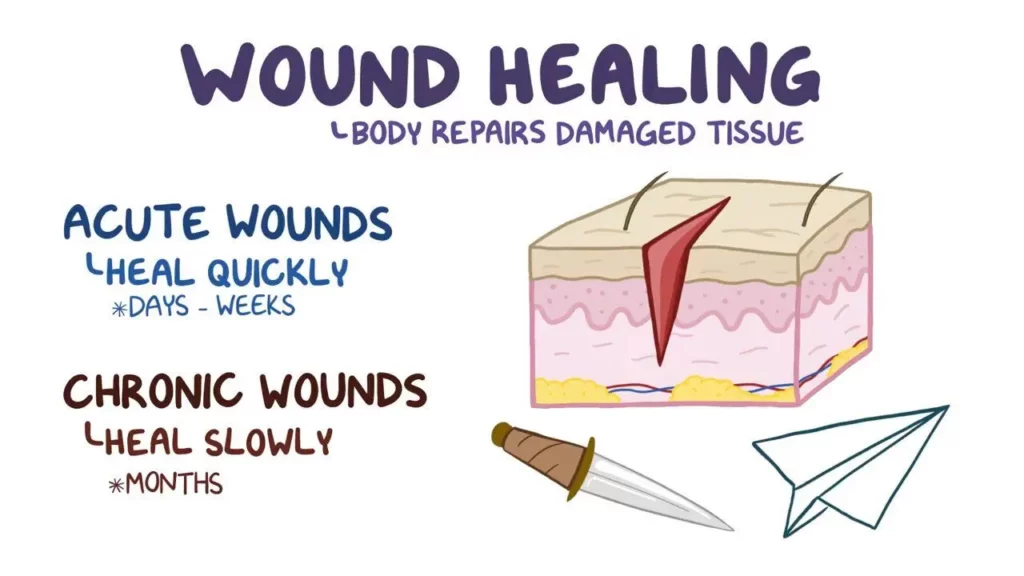
When you have a caloric surplus, your body has more energy to devote to repairing tissues and cells. One study found that patients in a caloric deficit had poorer wound healing than those in a caloric surplus.
Eat Healing Foods
Many foods can help with healing. Include leafy greens, lean protein, nuts and seeds, dairy products, and fruits and vegetables in your diet. These foods are a good source of vitamins, minerals, antioxidants, and fiber.
Fiber is important for wound healing because it helps with digestion. Make sure to include plenty of fiber-rich foods in your diet.
Drink Plenty of Fluids
Drinking plenty of fluids is important for many aspects of health, including wound healing. When healing a wound, drink plenty of water and other fluids. This will help your body stay hydrated and can help with wound healing.
Dehydration can delay wound healing, so it’s important to drink plenty of fluids when trying to heal a wound. Water is the best fluid for hydration, but you can also drink other fluids like juices and soups.
Avoid caffeinated beverages like coffee and soda, as they can dehydrate you. Alcohol should also be avoided as it can interfere with wound healing.
Manage Your Stress Levels
Stress can interfere with wound healing. It’s important to manage your stress levels when trying to heal a wound. This can be done by getting enough sleep, exercising regularly, and practicing relaxation techniques.
If you’re having difficulty managing your stress, talk to your doctor or mental health professional. They can help you find ways to reduce your stress and improve your overall health.
See Your Doctor
If you have a wound that isn’t healing, it’s important to see your doctor. They can help you find the cause of the problem and provide treatment. If you have an infection, they can prescribe antibiotics. If you have diabetes, they can help you manage your condition.
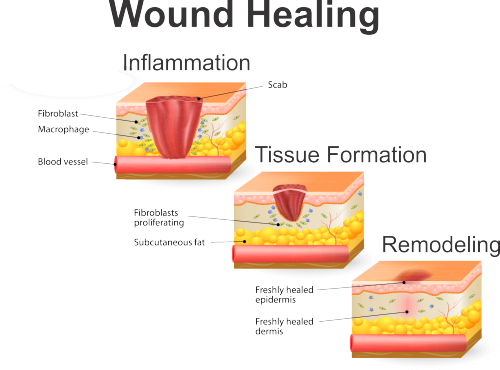
Follow Your Doctor’s Instructions about wounds healing faster in a caloric surplus
If you’re trying to heal a wound, it’s important to follow your doctor’s instructions. They will know what kind of treatment is best for you and can help you recover from your injury.
Following your doctor’s instructions is the best way to ensure that your wound heals properly. If you have any questions, be sure to ask your doctor.
How Can Calorie Deficit Affect Healing?
A calorie deficit is when a person doesn’t consume enough calories to meet their daily energy needs. This can happen for various reasons, including weight loss, illness, and exercise. When you’re in a caloric deficit, your body uses stored energy (fat) for fuel.
Your body needs calories for many different functions, including healing. When you’re in a caloric deficit, your body may not have enough calories to devote to healing. This can delay wound healing and make it more difficult for your body to recover from an injury.
If you have a wound that isn’t healing, it’s important to see your doctor. They can help you find the cause of the problem and provide treatment.
Are there other options to healing wounds outside of caloric intake?
Yes, dry needing around the nerves as an example has shown promising results for healing muscle pain very quickly.
Caloric Surplus and Healing: Conclusion
When trying to heal a wound, it’s important to ensure that you’re getting enough calories (being in a calorie surplus).
Eating healing foods and drinking plenty of fluids can help your body recover from an injury. If you have a wound that isn’t healing, see your doctor for treatment and ensure to follow their instructions for the best results.
Do you have any tips on healing wounds faster or have you noticed faster healing while in a calorie surplus? Please leave us a comment below.
- Peter MD Review 2024 – Is it a Good TRT Option? - February 27, 2024
- 5 Best SARM Companies - February 1, 2023
- Movement, Exercise, and How to Make it Stick - January 11, 2023



